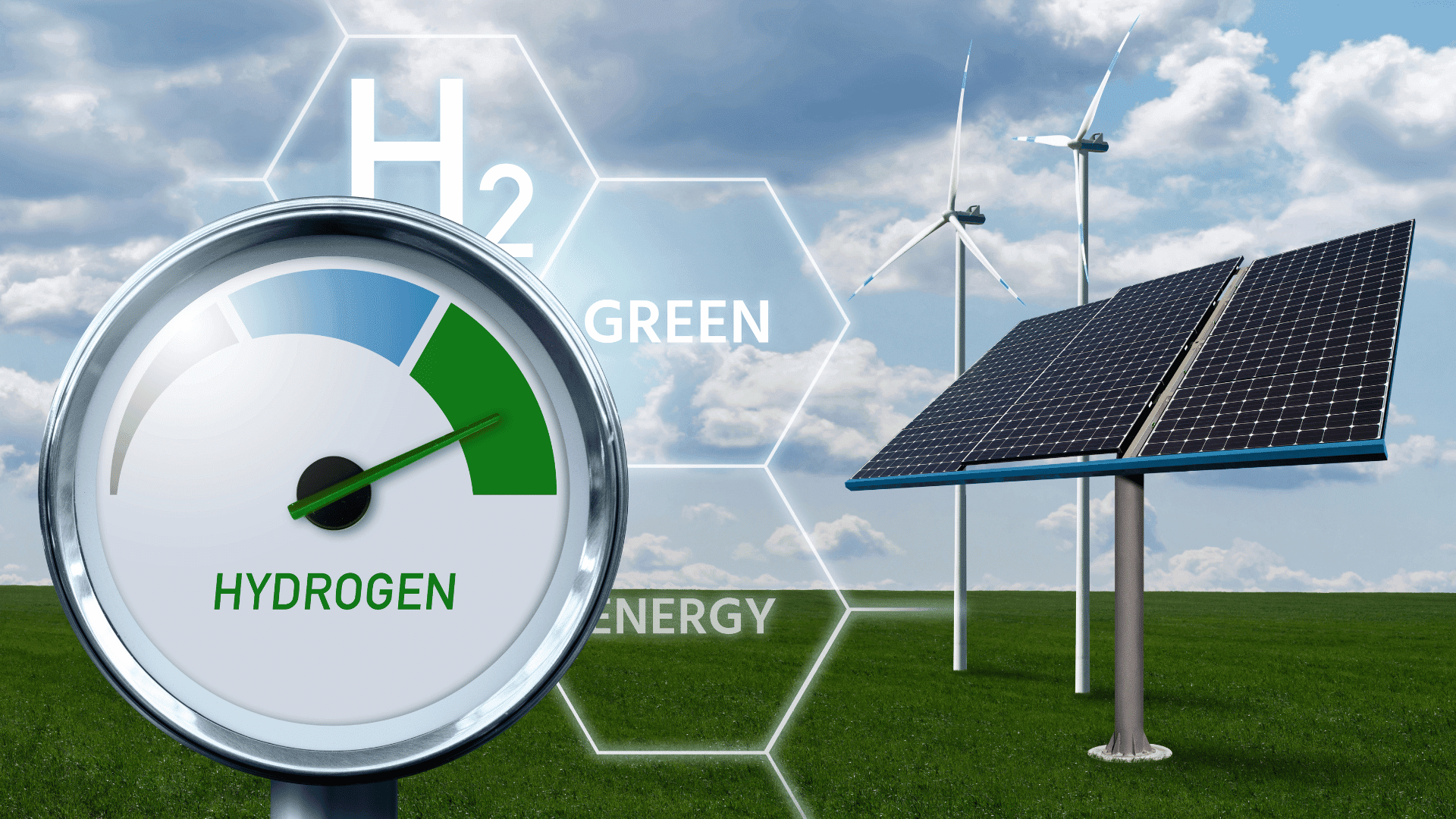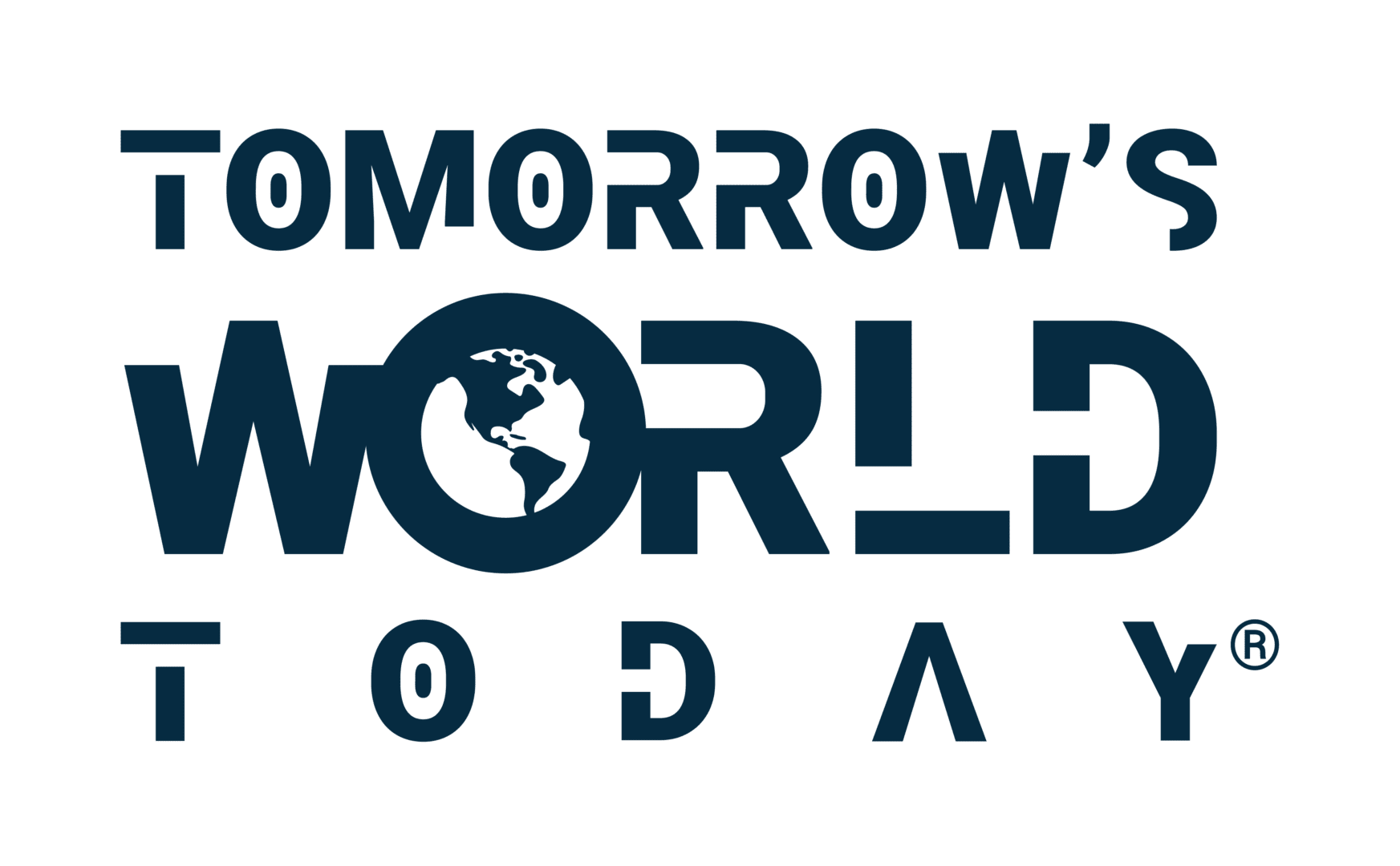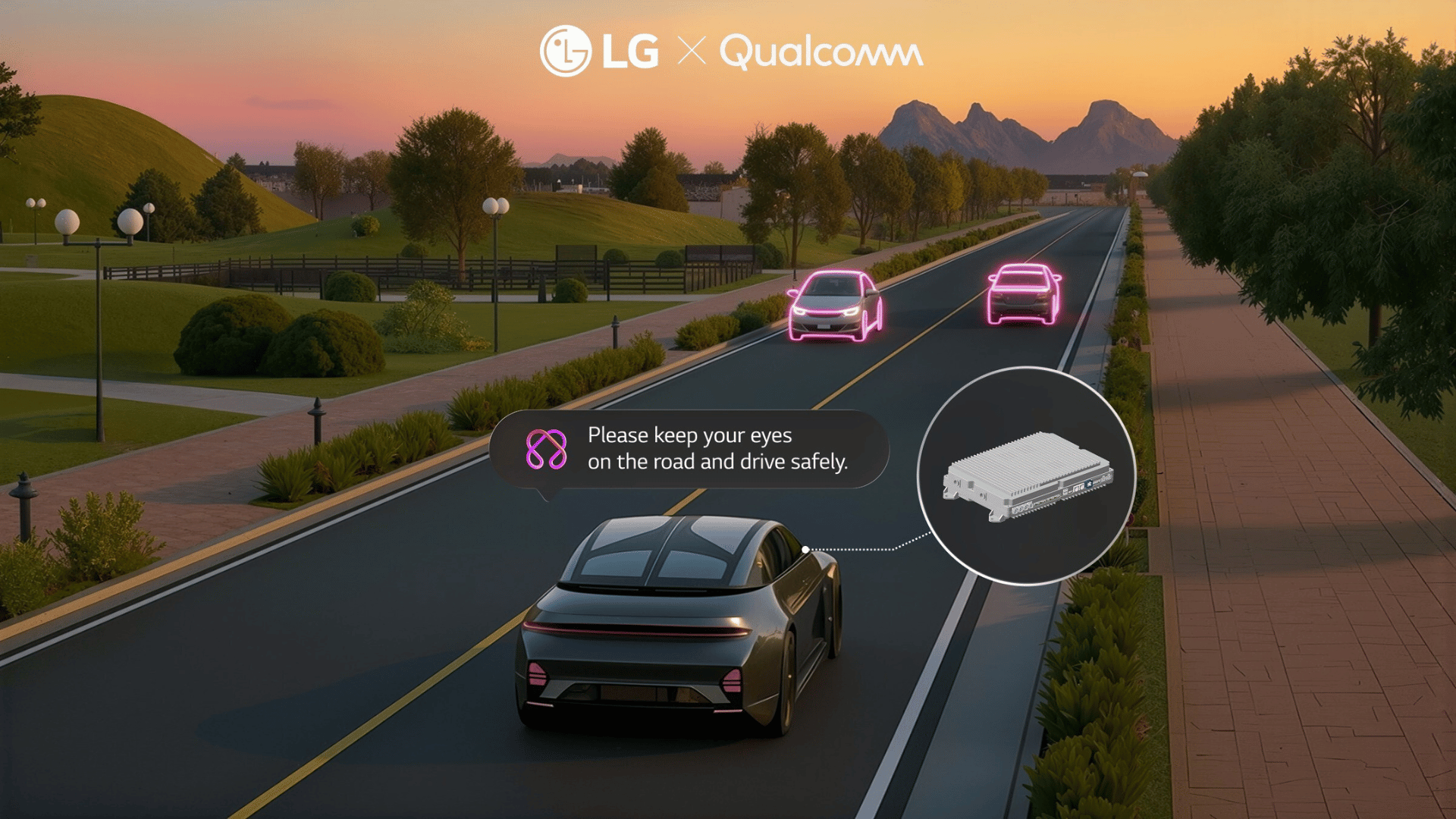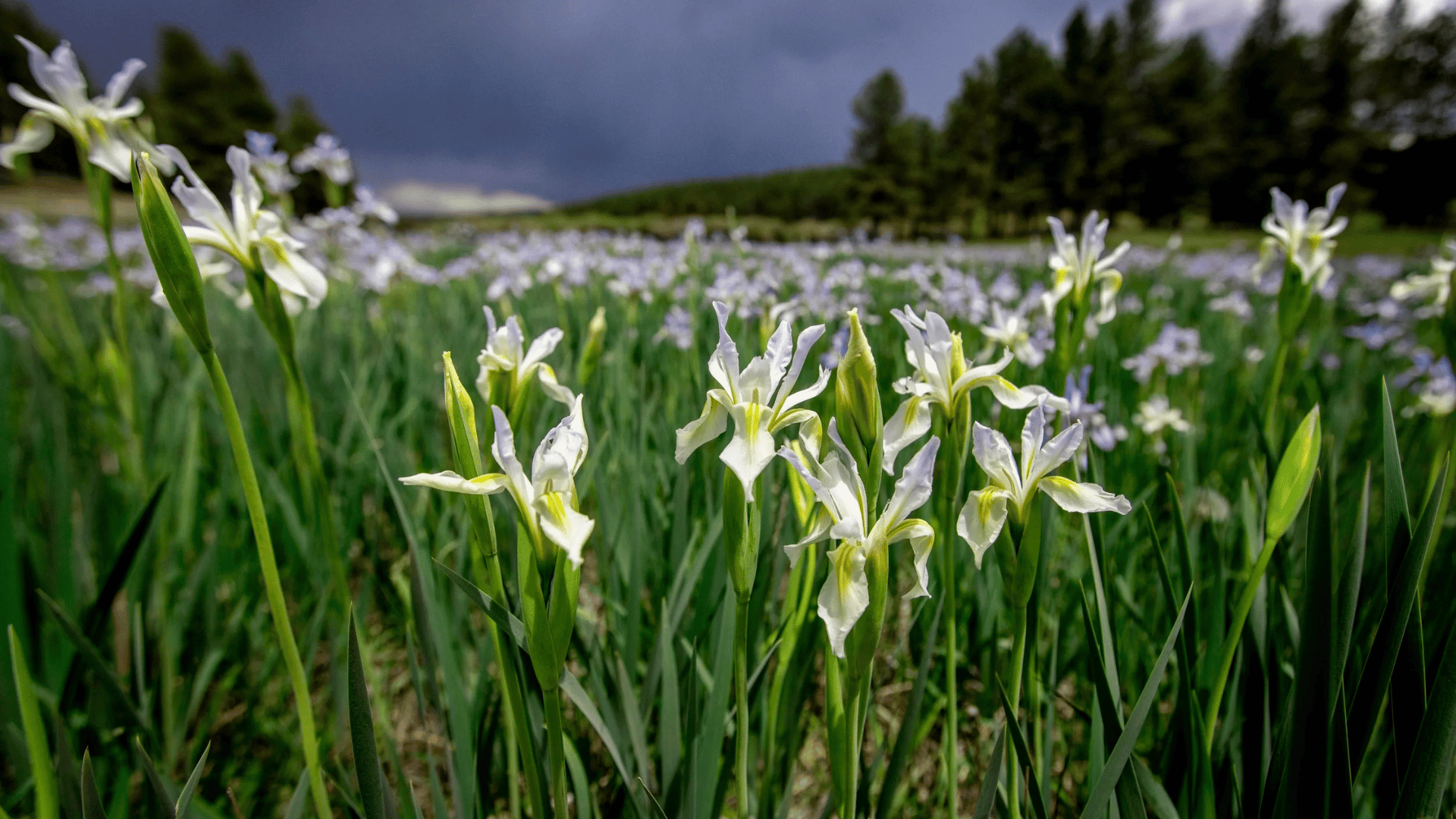Researchers from the Daegu Gyeongbuk Institute of Science & Technology (DGIST) and Korea University successfully produced eco-friendly solar hydrogen based on the “world’s smallest inorganic semiconductor material.” It’s the first time anyone has achieved this.
The inorganic semiconductor material is a quantum semiconductor nanocluster.
Developing the Nanocluster for Hydrogen Production

Professor Jiwoong Yang and his research team at the DGIST achieved a stable nanocluster of cadmium selenide consisting of 26 atoms, a sub-1-nanometer (nm) ultrasmall quantum semiconductor material that has never been used as a photocatalyst, in a water environment. They successfully applied it as a photocatalyst to produce hydrogen.
The researchers suggested it has potential for new applications across various fields, including energy, environment, and quantum science.
To put the size of the sub-1-nm quantum semiconductor into perspective, a piece of human hair is between 80,000 and 100,000 nanometers wide.
The researchers say the quantum semiconductor nanocluster is a unique material because it’s not quite a molecule or a fully formed crystal. As a result, it has unique capabilities that are not found in other nanomaterials. They expected it to have a high reactivity as a catalyst because the atoms are mostly on the surface. However, it’s difficult to use in practical applications because it’s too unstable and has poor electrical properties.
Researchers say they designed and fabricated a “superstructure” in which a quantum nanocluster is self-arranged and bonded three-dimensionally. As a result, it obtained structural stability. By cross-linking between ligands on the cluster’s surface, they also maintained the properties of individual clusters.
“In addition,” the press release says, “his team doped cobalt ions (Co²⁺) within the cluster to enhance electrical properties and effectively induced photocatalytic hydrogen evolution.”
“This study is the first of its kind to demonstrate that a quantum semiconductor nanocluster, known as the smallest inorganic semiconductor structure in existence, can be used as a photocatalyst,” said Professor Jiwoong Yang at DGIST. “In the future, it is expected to expand into various possibilities in not just energy and environment but also quantum science.”







